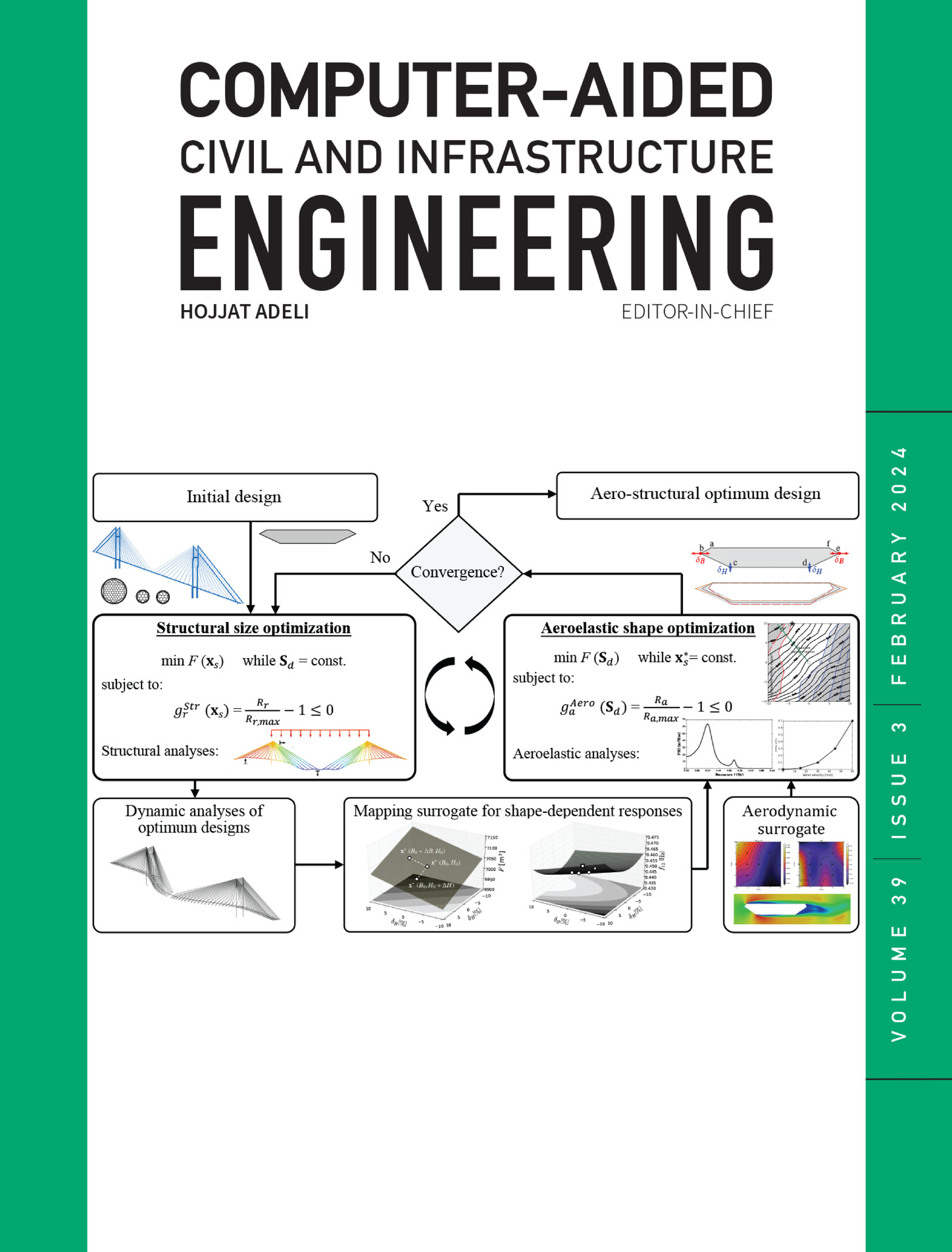Probabilistic seismic damage assessment for partition walls based on a multi-spring numerical model incorporating uncertainties
IF 8.5
1区 工程技术
Q1 COMPUTER SCIENCE, INTERDISCIPLINARY APPLICATIONS
引用次数: 0
Abstract
To overcome the limitations of fragility analysis in the assessment of partition walls, specifically data shortage, general uncertainties, and subjective criteria, this study proposes a probabilistic method to evaluate seismic damage of partition walls. A proposed multi-spring numerical model balances the damage representation and computational efficiency in simulations, thus avoiding extensive experimental testing. By accounting for parameter uncertainties in individual partition walls, the uncertainties introduced by the fragility group are avoided, and the description of the seismic damage is probabilistic, enhancing the reliability of the assessment results. Using damaged areas as the assessment criterion alleviates epistemic uncertainty exacerbated by subjective judgments on repair actions. Furthermore, it eliminates the assumption of a log-normal distribution for damage in fragility analysis, improving the calculations of damage probabilities and expected repair costs. The results are anticipated to be valuable for assessing the seismic risk and repair costs of partition walls.求助全文
约1分钟内获得全文
求助全文
来源期刊
CiteScore
17.60
自引率
19.80%
发文量
146
审稿时长
1 months
期刊介绍:
Computer-Aided Civil and Infrastructure Engineering stands as a scholarly, peer-reviewed archival journal, serving as a vital link between advancements in computer technology and civil and infrastructure engineering. The journal serves as a distinctive platform for the publication of original articles, spotlighting novel computational techniques and inventive applications of computers. Specifically, it concentrates on recent progress in computer and information technologies, fostering the development and application of emerging computing paradigms.
Encompassing a broad scope, the journal addresses bridge, construction, environmental, highway, geotechnical, structural, transportation, and water resources engineering. It extends its reach to the management of infrastructure systems, covering domains such as highways, bridges, pavements, airports, and utilities. The journal delves into areas like artificial intelligence, cognitive modeling, concurrent engineering, database management, distributed computing, evolutionary computing, fuzzy logic, genetic algorithms, geometric modeling, internet-based technologies, knowledge discovery and engineering, machine learning, mobile computing, multimedia technologies, networking, neural network computing, optimization and search, parallel processing, robotics, smart structures, software engineering, virtual reality, and visualization techniques.

 求助内容:
求助内容: 应助结果提醒方式:
应助结果提醒方式:


